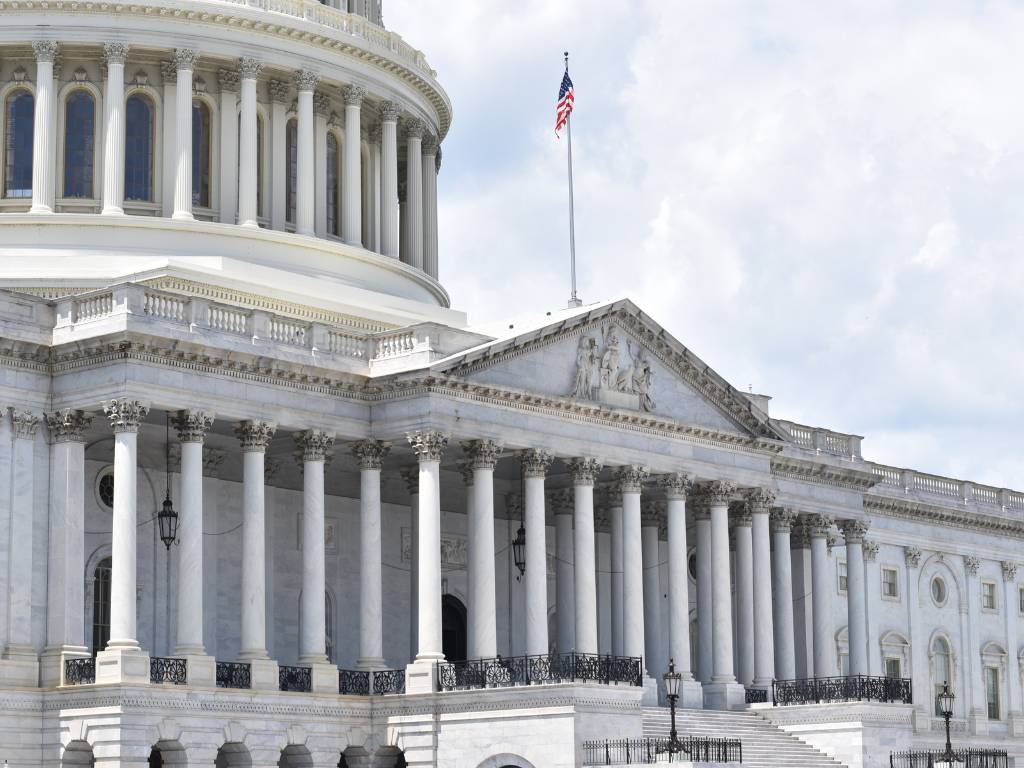RFP Analysis Techniques for Federal Proposals

Federal Requests for Proposals (RFPs) can be overwhelming. These documents often run hundreds of pages, filled with technical details, compliance clauses, and evaluation criteria. Missing even a single instruction can jeopardize a bid. That’s why contractors must rely on structured RFP analysis techniques. By breaking down solicitations systematically, teams can capture every requirement, identify risks, […]
Proposal Section Formatting for Federal Contracting

Federal proposals are not only evaluated for content but also for presentation. Even the most compelling technical solution can lose ground if evaluators struggle to navigate the submission. Agencies review proposals under strict deadlines, often with scoring rubrics tied to clear alignment with solicitation requirements. This makes proposal section formatting a critical element of successful […]
Competitive Proposal Positioning for Federal Contractors

In federal contracting, compliance is the baseline, not the differentiator. Every contractor submitting a bid is expected to meet the requirements in the solicitation. What separates winners from the rest is their ability to demonstrate unique value. This is where competitive proposal positioning plays a critical role. By crafting proposals that highlight strengths, neutralize competitor […]
Federal Bid Risk Management for Contractors

Pursuing federal contracts is a high-stakes endeavor. While opportunities posted on SAM.gov represent billions in potential revenue, they also carry significant risks. From compliance failures and resource constraints to competitor strengths and pricing pressures, each opportunity brings challenges that can impact success. Federal bid risk management provides contractors with a structured approach to identifying, evaluating, […]
Opportunity Qualification Framework for Federal Contractors

In federal contracting, contractors face a flood of potential opportunities every week. While it can be tempting to chase every solicitation posted on SAM.gov, doing so spreads resources too thin and lowers proposal quality. To succeed, organizations need a disciplined way to assess which bids are worth pursuing. The solution is an opportunity qualification framework. […]
Federal Procurement Intelligence for Contractors

In federal contracting, information is power. Contractors who rely solely on posted solicitations often miss the bigger picture—agency priorities, competitor strategies, and long-term acquisition trends. This is why federal procurement intelligence is essential. By gathering and analyzing procurement data, companies can shape smarter capture strategies, make stronger bid decisions, and increase their chances of winning. […]
Win Probability Modeling in Federal Contracting

Federal contractors face a difficult challenge: deciding which opportunities to pursue. With limited resources and dozens of solicitations posted weekly on SAM.gov, companies cannot bid on everything. That’s where win probability modeling comes in. By applying structured analysis and data-driven forecasting, organizations can estimate the likelihood of winning a contract before investing significant time and […]
Government Solicitation Analysis for Federal Contractors

Every federal proposal begins with one crucial step: understanding the solicitation. Requests for Proposals (RFPs), Requests for Quotes (RFQs), and other government solicitations define the rules of competition. They contain instructions, evaluation criteria, and contract requirements that will determine who wins. Yet many contractors fail to conduct thorough government solicitation analysis, resulting in missed requirements, […]
What Is Bid Protest Readiness?

Bid protest readiness refers to the process by which government contractors prepare internally to handle potential bid protests—either as the filer or the respondent. It encompasses procedures, documentation, team roles, and communication strategies that enable an organization to respond quickly and effectively when a protest arises. Whether a company is protesting a contract award or […]
What Is a Capture Narrative?

A capture narrative is a written component of a federal proposal that articulates the strategy, positioning, and win themes for a specific opportunity. It serves as the bridge between capture planning and proposal development, helping to translate insights gained during pre-RFP efforts into compelling proposal content. This narrative often informs technical volumes, management approaches, and […]
